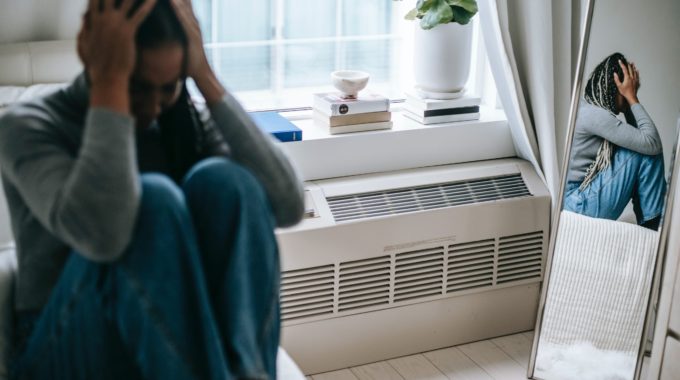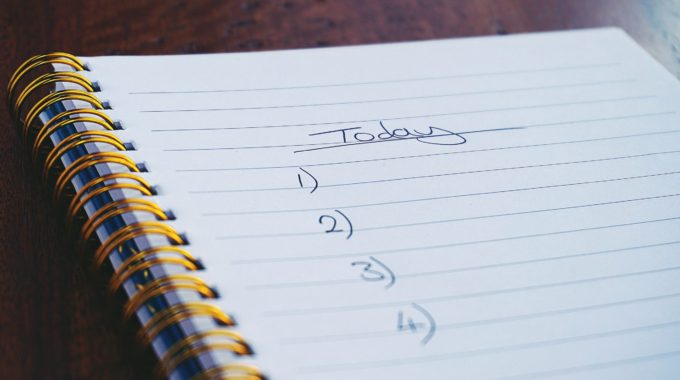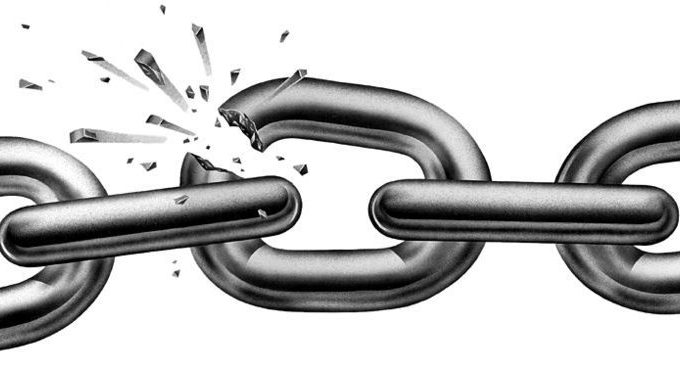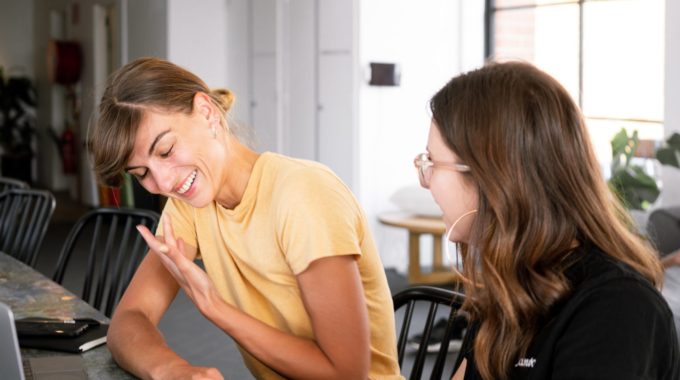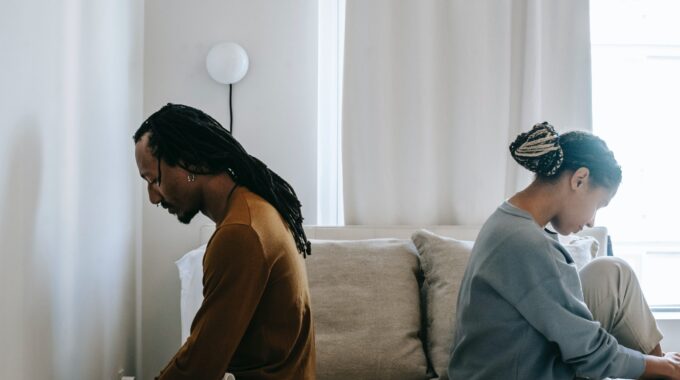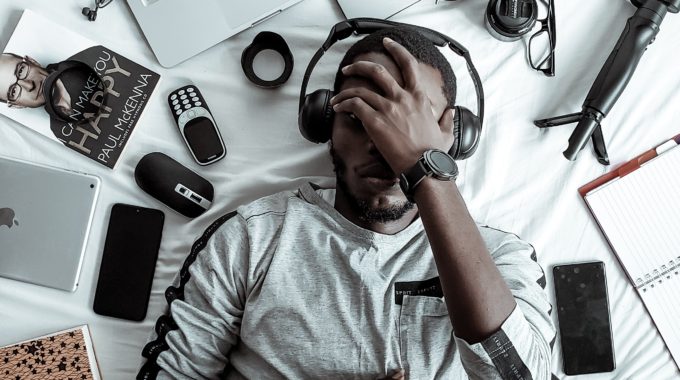
How To Deal With The Anxieties That Technology Can Create
At Perspectives Ireland, we meet with many people who experience anxieties created by the increase of technology in their lives. So, we wanted to offer you some tips and advice that can help reduce these anxieties and set new personal boundaries with technology.
Most of us need technological devices, whether this is for work, to maintain connections, or for our entertainment. However, from time to time, our devices as the vehicles of being online 24/7, can often increase anxieties and pressures and can thus become aversive to us. In these moments, our devices can feel more like intrusions to our personal space than something that helps us with our needs. And these feelings of intrusion have become even more prominent over the past two years, with many of us working from home and using devices for as much as 12 hours per day. Below we have outlined three pieces of advice which we think can help reduce these feelings of anxiety:
Set clear boundaries by minimizing the level of intrusion that technology can have on your own personal space.
When there is no separation between us and our devices, the boundaries between our personal and work lives become blurry. Creating a physical boundary between you and your devices increases the likelihood that a mental boundary will successfully be made. For example, you could do this by putting your laptop away every evening – even keeping it on the kitchen table might draw you into tasks that need to be done. Or, avoid taking your phone to bed so that you can’t check it first think in the morning – getting drawn into work or information before you even get out of bed can increase various anxieties. Think carefully about where any blurry boundaries exist and how these boundaries could be made cleaner.
You do not need to be contactable 24/7.
While our smartphones are great for staying connected, the rate and urge to instantly reply can often intrude upon other things that really matter to us. Many of us even take our phones with us when we go to another room. If you would like a break to do something for you, then leave your phone in another room. You can choose when and how you are reachable and you do not need to apologise for this. When you maximise your own personal time and space, you will feel more energy.
Avoid information overloads that can be created by multitasking applications.
At the start of each day, create a list of tasks that need to be done and only do one at a time. Trying to multitask can often be counter-productive because it increases the number of distractions which can make us feel overwhelmed. In contrast, when we work on one task at a time, we are much more focused on the task at hand and complete it much more efficiently and effectively. For example, when working on a task, close all messaging apps and emails and only have the necessary applications open at any given time.
To summarise, how you arrange your time and space supports your mental well-being, so try to be creative about how you can do this, because your mental health is worth it. If we invest in our personal boundaries, we are investing in ourselves and our mental health which makes you happier and more productive.
We hope you can take something valuable that you can apply to your life from this blogpost.
Warmest wishes,
Ciara and Yvonne.


